|
by Dark Watcher |
|
|
Nintendo released the Wii in a 7th generation console market dominated by high definition graphics, seamless online game
play, and multimedia capabilities. Marketed with focus on game play experience
and motion control, the Nintendo Wii sold well but aged quickly in terms of capability. While the
competitor consoles had the hardware specifications to carry on for a few more years, Nintendo realized they needed to introduce new
hardware to remain competitive. On April 25, 2011,
Nintendo released a statement officially announcing a successor to the Wii codenamed Project Cafe. The console was officially named the "Wii U" and was presented at the International Consumer Electronics Show on in January of 2012 and was released in North America on November 18th of 2012 with a Japanese launch in December. The system was available in two verisions: a "Basic" package ($299.99 in US) in white and the "Deluxe" model ($349.99 in US) in black. The Basic set comes with the console with 8GB of internal storage (3GB available for data storage and downloads), a Wii U gamepad, a stylus for the gamepad, a sensor bar. power adapters and an HDMI cable. The Deluxe version comes with the console with 32GB of internal storage (25GB available for data storage and downloads), everything in the Basic set, the Nintendo Land game (all regions except Japan), promotion points towards a download as well as stands for the console and controller. |
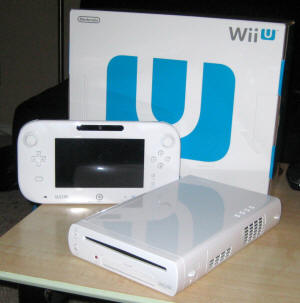 |
|
The Wii U console itself resembles a sleeker and slightly beefier Wii. It measures 45.72 mm (1.8 in) tall, 172.72 mm (6.8 in) in
width and 215.4 mm (8.48 in) deep.
A flap in the front of the console uncovers an SD card slot (supports SDHC) and two USB 2.0 ports. The back offers two
additional USB 2.0 ports as well as an HDMI 1.4 port for video out. If you do not have an HDTV, the Wii U sports the same "AV
Multi Out" port as the Wii and is compatible with the same cables. The Wii U is Nintendo's first HD game console capable of
supporting 1080p resolution (in addition to 1080i, 720p, 576i PAL Only, 480p, 480i, standard 4:3 and 16:9 anamorphic widescreen).
The slot-loading optical disc drive is compatible with 12 cm proprietary high-density optical discs with 25 GB per layer capacity. Under the console hood, you can see where the codename "Project Cafe" came from. The console sports an IBM Power PC based tri-core processor codenamed "Espresso" and an ATI Radeon based high-definition graphics processor called "Latte". Nintendo did not release processor speeds, but hardware devs have reported the Expresso processor's three PowerPC cores at 1.24Ghz. They have also noted that though the overall speed is not impressive, "Espresso" is designed to process very efficiently. The graphics processor "Latte" was clocked at speeds of 550Mhz (same as Xbox 360), but the 32MB of onboard eDRAM integrated into the AMD graphics core is extremely fast. Both chips share 2GB of Hynix DDR3-1600 RAM with 1GB reserved for the operating system and the other 1GB for games. A Samsung NAND flash chip is used for user storage and comes in either 8GB or 32GB (based on model). The Wii U also has two Broadcom wireless controllers for network connectivity (2.4 GHz 802.11b/g/n) and one dedicated to the Gamepad (5Ghz 802.11n). Bluetooth 4.0 is also included. For more detail, please see our Specs section. |
|
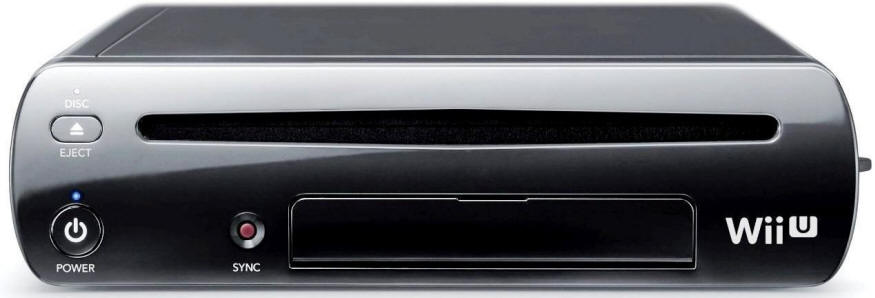 |
|
| Like the Wii before it, the Wii U Gamepad is Nintendo's attempt to change gaming (again). Take your standard 7th generation game controller with clickable analog sticks, force feedback and a D-pad (face buttons, shoulder triggers, etc). Now add in the Bluetooth, infrared sensors, speakers and the acceleration and gyroscope motion sensors of the Wii Remote. Slap in a 480p 6.2 inch (15.7 cm) resistive touch screen, stereo speakers, audio jack, microphone and a front facing camera from the Nintendo 3DS along with an infrared transceiver, a Near Field Communication (NFC) chip and give it the ability to stream low-latency audio and video over 5 GHz 802.11n (screen casting). What you will end up with is the Wii U Gamepad, a "Frankenstein" controller that adds multiple game play mechanics. The controller display can be used as a standalone screen for Wii U games, a secondary display, or a supplementary display for game play mechanics and menus. | |
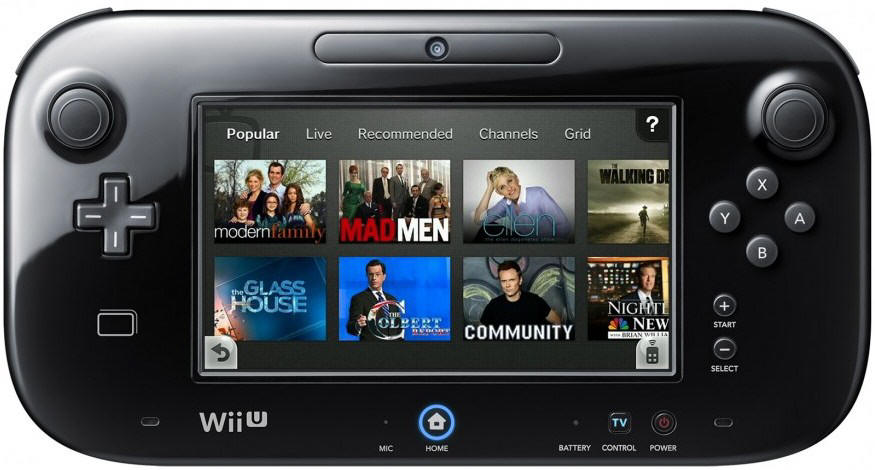 |
|
|
While the competition marketed the multimedia capabilities, the original Wii focused on games (initially). However, the Wii U
comes with internet browsing and media capabilities with services like Netflix, Hulu Plus, Amazon Instant Video and YouTube.
The service, called Nintendo TVii, allows you to find programs in a TV-guide / DVR based interface. While you are watching your
media, you can also get information on the Gamepad screen from Wikipedia, IMDb and other internet sources. You can also get on
social networks like Facebook, Twitter and Nintendo's own integrated social network system called Miiverse. The internet
browser is not just a slapped on feature. It is a robust browser that supports HTML, CSS, JavaScript and HTML5 elements but
does not support Flash. Wii U also offers online video chat and instant messaging. Much of the online features are done on
Nintendo's unified network infrastructure called Nintendo Network (similar to the Sony's PlayStation Network and Microsoft's Xbox
Live). In addition to Wii U disc-based games, it is fully backwards compatible with the original Wii games and accessories (Wii Remote Plus, Wii Nunchuk, and Balance Board). The Nintendo eShop, found on the Nintendo Network, offers downloadable content for the Wii U to include game demos and add-ons. It also is compatible with downloadable WiiWare titles and Virtual Console content offered on the original Wii. The Wii U does not play GameCube discs, but Nintendo will offer select GameCube titles on Virtual Console. Nintendo Network also provides online multiplayer, matchmaking, leader boards and an accomplishment (trophy) system. |
|
|






 2010s - NOTES
2010s - NOTES


 MODELS
MODELS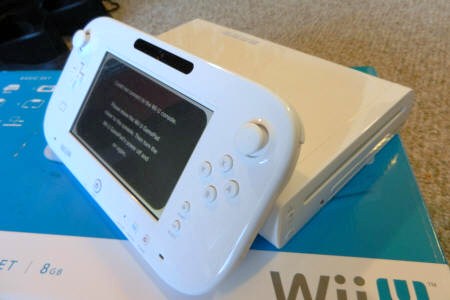
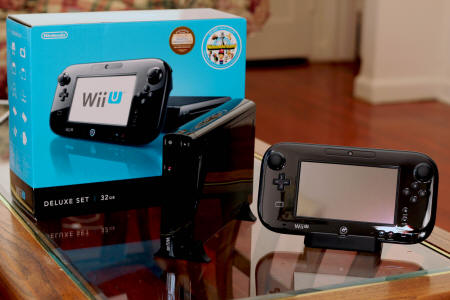
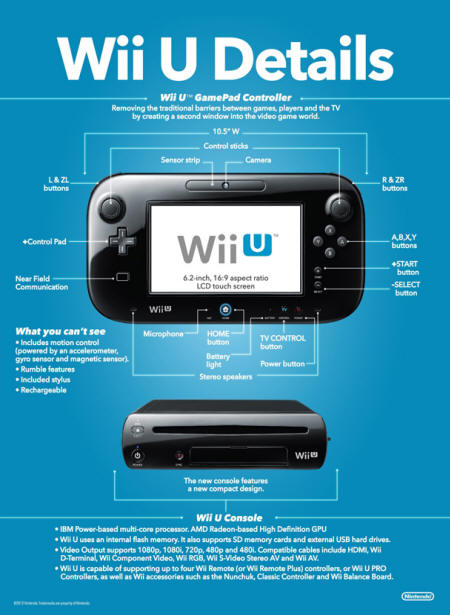
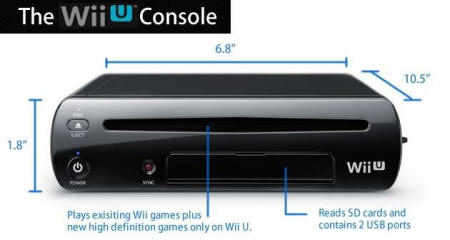
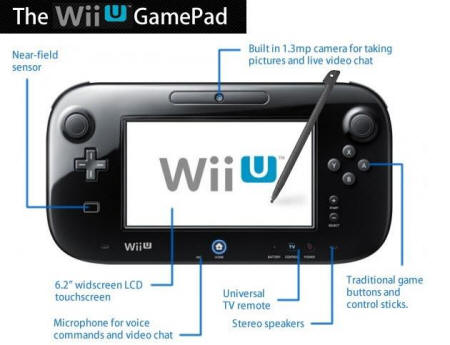
 CLONES
CLONES FORMAT, PACKAGING & GENERAL INFO
FORMAT, PACKAGING & GENERAL INFO




























 SCREENSHOTS
SCREENSHOTS


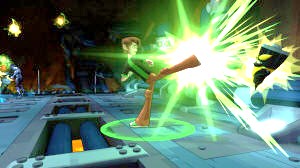

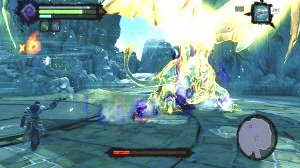
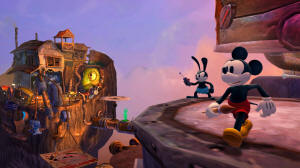
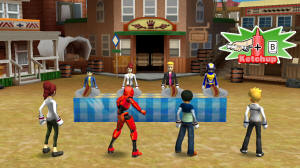
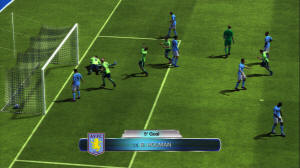
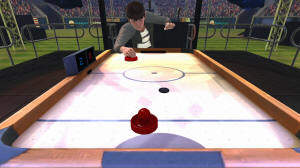
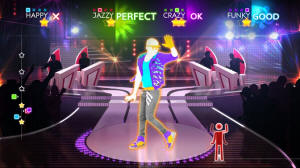
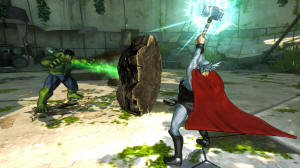

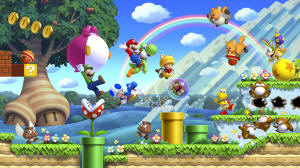
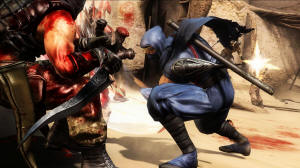
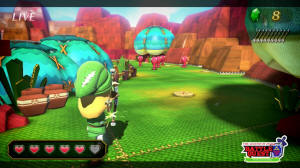
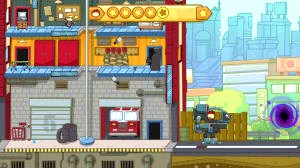
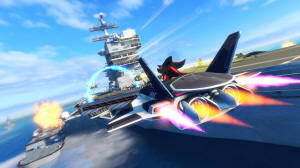
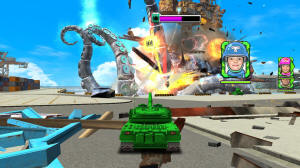
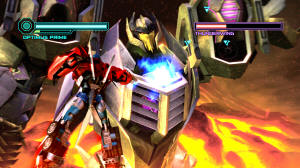
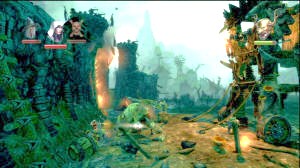
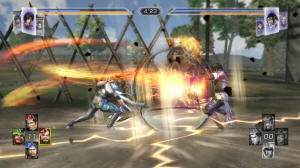
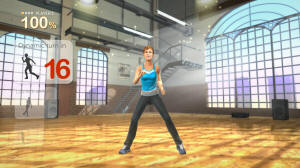

 EMULATION
EMULATION SPECS & MANUALS
SPECS & MANUALS OTHER MEDIA
OTHER MEDIA WEB RESOURCES
WEB RESOURCES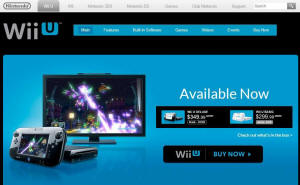
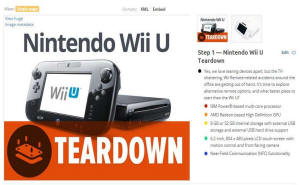
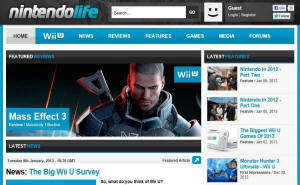
 DISCUSS
DISCUSS